How to Handle Scratches On Car?
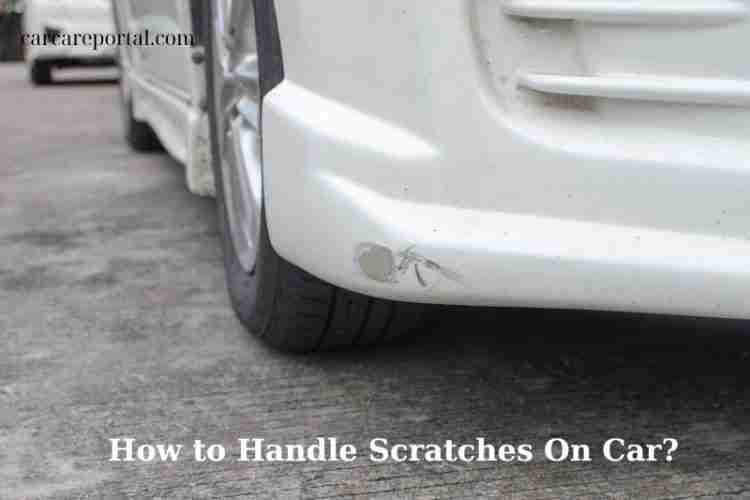
Whether it’s a minor scrape from a shopping cart or an unfortunate encounter with a rogue tree branch, scratches on your car are almost inevitable and can be more than just an eyesore.
Over time, untreated scratches can lead to greater damage like rust or peeling paint, significantly impacting the car’s aesthetic and resale value. But fret not—there are various ways to tackle this issue, ranging from DIY remedies to professional repair services.
This guide aims to offer a comprehensive look at how to handle scratches on your car, from understanding the different types of scratches to choosing the most effective treatment methods.
How Do Vehicles Get Damaged by Scratches?
When a car drives off the dealer’s property, it becomes susceptible to various scuffs and dings. Below are five common causes for such wear and tear:
Inadequate Cleaning
Maintaining the cleanliness of your vehicle contributes to its longevity and visual appeal. While automated car wash services offer a convenient solution, the quality can vary significantly. Some establishments may have poorly maintained brushes that hold grime, leading to surface scratches as they glide over your car’s exterior.
Flying Road Particles
Whenever you trail another vehicle, you risk having small rocks or debris propelled by that vehicle’s tires onto your car’s bumper, hood, or roof, resulting in noticeable chips. The best way to mitigate this is to maintain a safe distance, especially when following large trucks.
Accidental Physical Contact
Incidental actions like brushing against the car with a jacket zipper or missing the keyhole when unlocking the door can result in minor damage. Fortunately, such incidents are typically easy to fix.
Intentional Damage
Discovering that someone has deliberately scratched your car with a sharp object like a key can be devastating. This kind of harm is generally significant and costly to repair. If you face such damage, the Synchrony Car Care™ credit card provides a six-month promotional financing option for purchases above $199.
Accidents
Involvement in any minor collision will inevitably result in scratches. Unless the impact is slight, professional intervention from a body shop will likely be necessary. If you’re a new driver, consider seeking advice on maintaining safety for yourself and others.
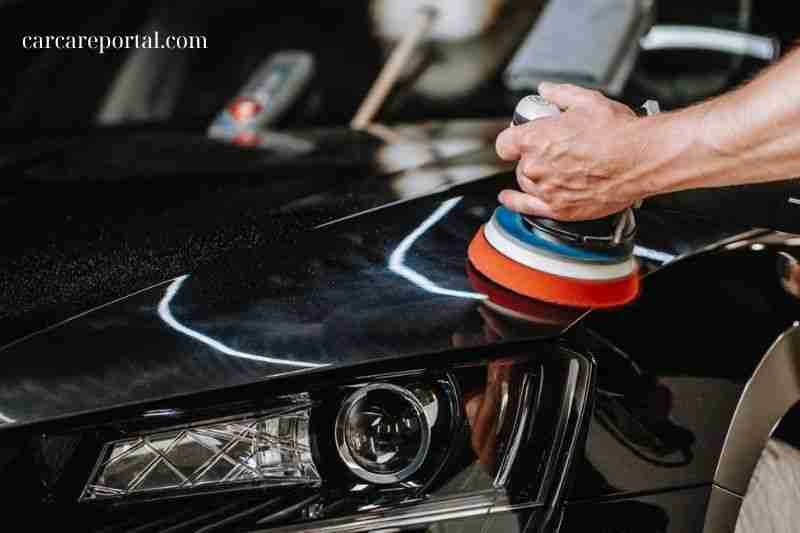
Methods for Repairing Scratches On Car
Before diving into the repair process, acquaint yourself with these four principal techniques to mend scratched car surfaces:
Polishing
Polishing can be an effective and affordable fix if the scratch is relatively shallow like the ones often caused by fingernails near door handles.
Clean and dry your vehicle first, then apply a liquid scratch remover or a different rubbing compound on a pristine microfiber cloth. Rub this cloth on the impacted area with a to-and-fro motion for about a minute. Allow it to dry, then wipe away any residue with a fresh cloth.
Professional Detailing
Opting for expert detailing can rejuvenate your car’s interior and exterior appearance. Professionals use a variety of polishing pads, compounds, and machines to swiftly and proficiently remove the top layer of the clear coat that harbors minor scratches. This evens out the surface and leaves it looking flawless.
Scratch Repair Kits
For scratches deep enough to feel when you run your fingernail across them, you may need a specialized scratch repair kit, which usually costs between $20 and $30.
Although the components may vary depending on the manufacturer, most kits generally include soft putty to fill the scratch, a liquid leveler to eliminate excess putty, a clear coat applicator, and fine-grit sandpaper to smooth uneven areas.
Complete Repainting
A trip to a local body shop may be your best course of action for more severe or numerous scratches. While this is typically the priciest option (prices can vary based on the extent of the damage and the shop’s rates), the process involves stripping off the old paint and applying a new coat to the affected areas.
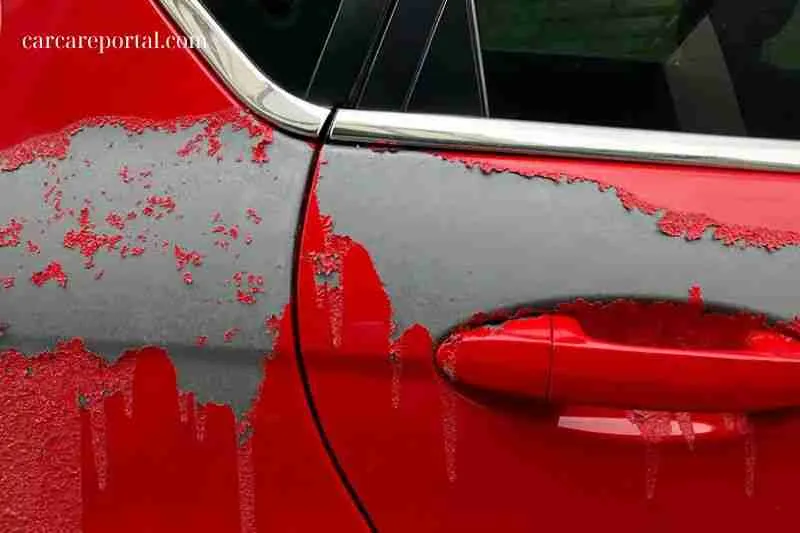
Understanding the 3 Predominant Categories of Car Scratches
The appropriate treatment for a car scratch relies on its depth and nature. Is it merely a superficial abrasion, or does it reveal the underlying metal? Most modern cars have a tri-layered factory finish consisting of:
- A primer layer is applied to bare metal to even it out and prepare it for subsequent coatings.
- A mid-layer of semi-gloss paint in luxury models may include special effects like metallic flake or pearlescence.
- A transparent top layer (clear coat) that protects against UV damage and oxidation.
Understanding which layer is affected by the scratch guides the right course of action. For instance, if the scratch only involves the clear coat, you shouldn’t feel an indent when you lightly run the back of your knuckle across it.
Here are the three main types of car scratches you might encounter:
1. Surface Marks and Clear-Coat Scratches
These scratches affect only the exterior clear coat of your car’s paint job and are generally the easiest to repair. Surface marks may come from paint or rubber objects like another vehicle’s bumper or a shopping cart.
Quick Tip: Apply some lacquer thinner or acetone on a cloth, and the mark should be wiped away. If some residue remains, a polishing compound can help remove it.
Clear-coat scratches are minor, affecting only the top layer of your car’s paint. If your fingernail doesn’t catch when you run it over the scratch, and you don’t see exposed metal, it’s likely a clear-coat scratch.
Fix: Use a polishing compound to buff the affected area gently.
Pro-tip: Light pressure is key; over-polishing can harm the clear coat.
2. Paint Layer Scratches
These scratches go beyond the clear coat and reach the colored enamel layer. Repairing these involves a more extensive process, usually requiring fine-grit sandpaper and an abrasive compound, followed by a new clear coat application.
Basic Steps:
- Wash and dry the car.
- Apply scratch remover to a foam applicator pad.
- Gently work the remover into the scratch.
- Buff the area with a clean, dry cloth.
- Apply wax or polish to restore shine.
Pro-tip: Instructions and costs may vary by repair kit, so consult auto store staff for the most suitable option.
3. Deep or Primer-Level Scratches
These scratches penetrate down to the primer or even the bare metal. These are the most challenging to repair and often require professional attention.
Repair Steps:
- Clean and fill in the scratch.
- Apply new layers of paint and clear coat.
- Buff the area.
- Polish to finish.
Pro-tip: Exercise caution not to over-polish; you could further damage the clear coat. For deep scratches, it’s usually best to seek professional repair services. The Synchrony Car Care locator can help you find nearby shops that accept the Synchrony Car Care credit card.
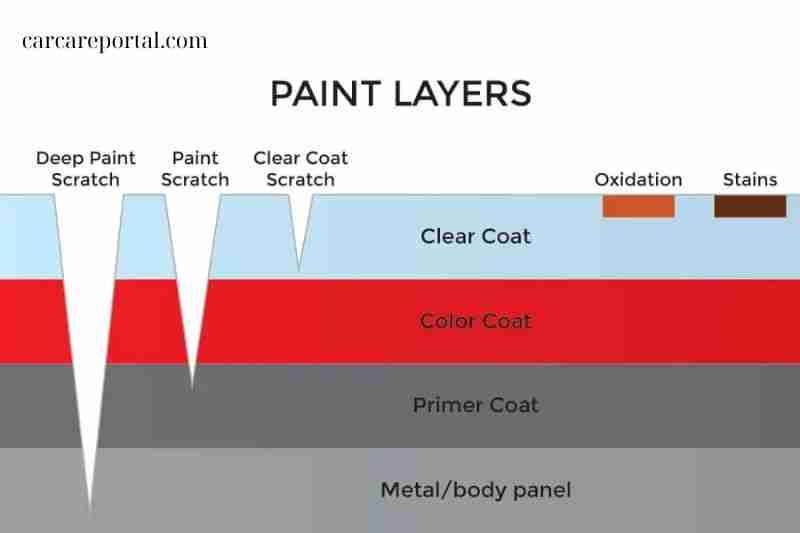
What’s the Expense for Eliminating Scratches from Your Car?
The outlay for erasing scratches from your vehicle is subject to various variables, such as the scratch’s depth, position on the car, and the chosen repair technique. Below are some prevalent options and their typical price ranges:
At-Home Repair Kits
Self-repair kits are an option for those who are budget-conscious and dealing with minor surface scratches. These are easily accessible in stores and vary in price from $200 to $2,000 based on the kit’s brand and quality.
However, note that these kits might not be effective for more profound scratches or specific car areas like the bumper or hood.
Expert Detailing Services
Professional detailing is advised if your car’s scratches are significant or if you’re aiming for a more refined finish. These services employ specialized tools and methods to erase blemishes.
Pricing is variable and hinges on how extensive the damage is. You might expect to spend between ₹1,000 and ₹3,000 for minor scratches. Comprehensive detailing services can exceed ₹5,000.
Full-Service Body Shops
A visit to a full-service body shop is likely necessary for deep scratches that have significantly marred the car’s paint. This option is generally the most costly, with expenses ranging from ₹5,000 to ₹15,000 or even more. The final cost is influenced by the severity of the scratch and its location on the vehicle.
Do Scratch-Eliminating Products Really Work?
The effectiveness of scratch removal solutions can vary, depending on the depth and nature of the scratch. These products may not offer much relief for deeper scratches that have breached the paint layer.
On the other hand, if the scratch is confined to the clear coat, such removers can be highly effective. These products are formulated to address minor scuffs, scratches, and cosmetic flaws, primarily on clear skin.
While many products in the market claim to be efficient at mending auto scratches, their performance could be more consistent.
Some might even exacerbate the problem, making the scratch more apparent or damaging the paint further. Hence, it’s crucial to consult a reputable body shop and select a scratch removal product suited to the specific kind of damage your car has.
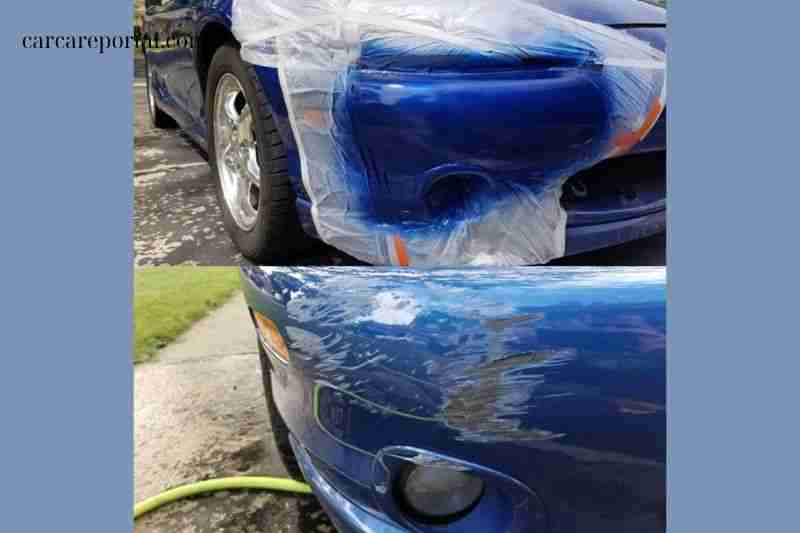
Is It Possible to Paint Over Scratches?
Painting over a car scratch is possible, but prepping the affected area is key. Without proper preparation—cleaning, sanding, and filling the scratch—simply painting over it will not effectively conceal the damage and may even aggravate the issue.
If the scratch has dug into the paint layer, you’ll need touch-up paint that matches your vehicle’s original color. These touch-up paints are usually available in small bottles or pens and can be easily applied using a brush or applicator. A clear coat repair pen or spray suffice for scratches limited to the clear coat.
Which Scratches Can Be Smoothed Out?
Car owners often find it irritating to see scratches on their once-immaculate vehicles. While some scratches warrant expert intervention, others can be smoothed out at home with some effort.
Scratches that only affect the clear coat layer—commonly caused by keys, minor bumps, or other small objects—are the easiest to handle. To smooth out these scratches, you’ll need basic supplies like a microfiber cloth, a buffing compound, and a polishing compound.
Begin by washing your car and drying it thoroughly. Apply a modest amount of buffing compound to the cloth and gently rub it over the scratch in a circular motion until it starts to fade. Follow this up with a polishing compound to make the area shine.
To mitigate the occurrence of such scratches, preventive steps such as parking in a sheltered location or using a car cover can help shield your vehicle from external elements like bird droppings or tree branches.
Does Auto Insurance cover Scratch Repair?
Whether car scratches are included in your insurance coverage is nuanced. It largely depends on the specific details of your policy, so consulting your insurance provider is crucial to get accurate information.
For those who opted for comprehensive coverage—optional insurance that covers non-collision-related damages to your car—scratches might be covered.
However, you’ll still need to pay your deductible before the insurance starts paying for the repair. Moreover, the scratch must be severe enough to impact your car’s overall value or functionality for the coverage to apply.
Liability coverage, which is mandatory and pertains to damages your vehicle causes to other people or property, usually doesn’t cover scratches on your car.
Making an insurance claim for a scratch could ripple effect on your insurance rates. If the expense of fixing the scratch is lower than your deductible, it might be more financially sensible to cover the repair costs rather than risk a rate hike.
Maintaining your car’s looks isn’t merely about vanity; it’s also an investment in retaining its value and utility. Being informed about the various car scratches and how to avoid and mend them can contribute to your vehicle’s longevity.
So, if you discover a new scratch on your car, don’t fret. Consider it a testament to the experiences and memories your car has been a part of. And if repair options seem limited, you can always opt for a complete repaint to give your vehicle a brand-new look.
FAQs
What are the Various Categories of Car Scratches?
Car scratches can be grouped into three categories: scratches on the clear coat, those affecting the paint layer, and scratches reaching the primer.
How Can You Determine the Type of Scratch on Your Vehicle?
Clear coat scratches often manifest as swirl marks when looked at closely. Scratches affecting the paint layer are both visible and tactile. Primer scratches reveal the underlying metal.
What Is the Method for Identifying a Deep Scratch?
You can gauge the depth of a scratch by running your finger or a fingernail over it. If your nail catches in the scratch, it’s likely a deep one.
Which Types of Car Scratches Are Suitable for Buffing?
Scratches on the clear coat are generally the most straightforward to remove and can often be eradicated with washing, waxing, and buffing.
How Can You Ascertain If a Scratch Has Penetrated the Clear Coat?
A scratch through the clear coat will affect the underlying paint layer. Such scratches are not only visible but also can be felt when touched.











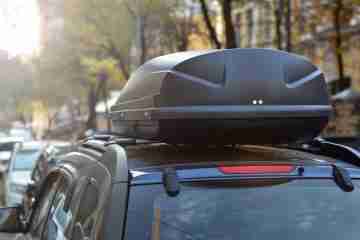
No Comment